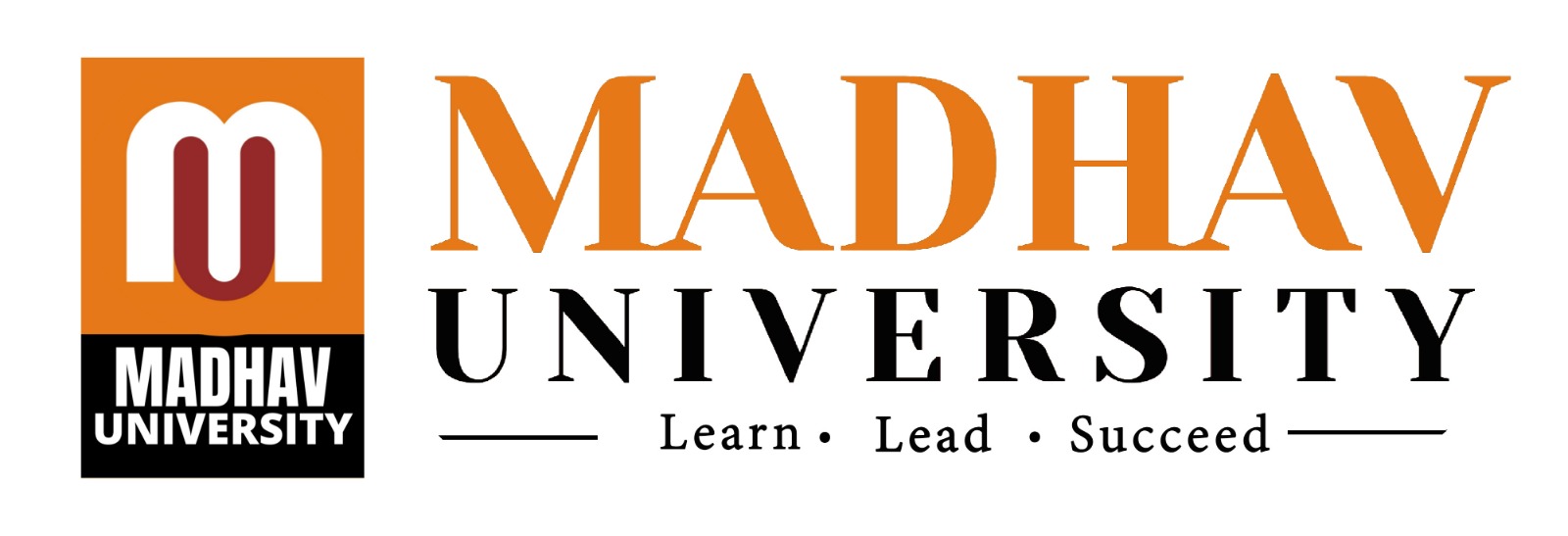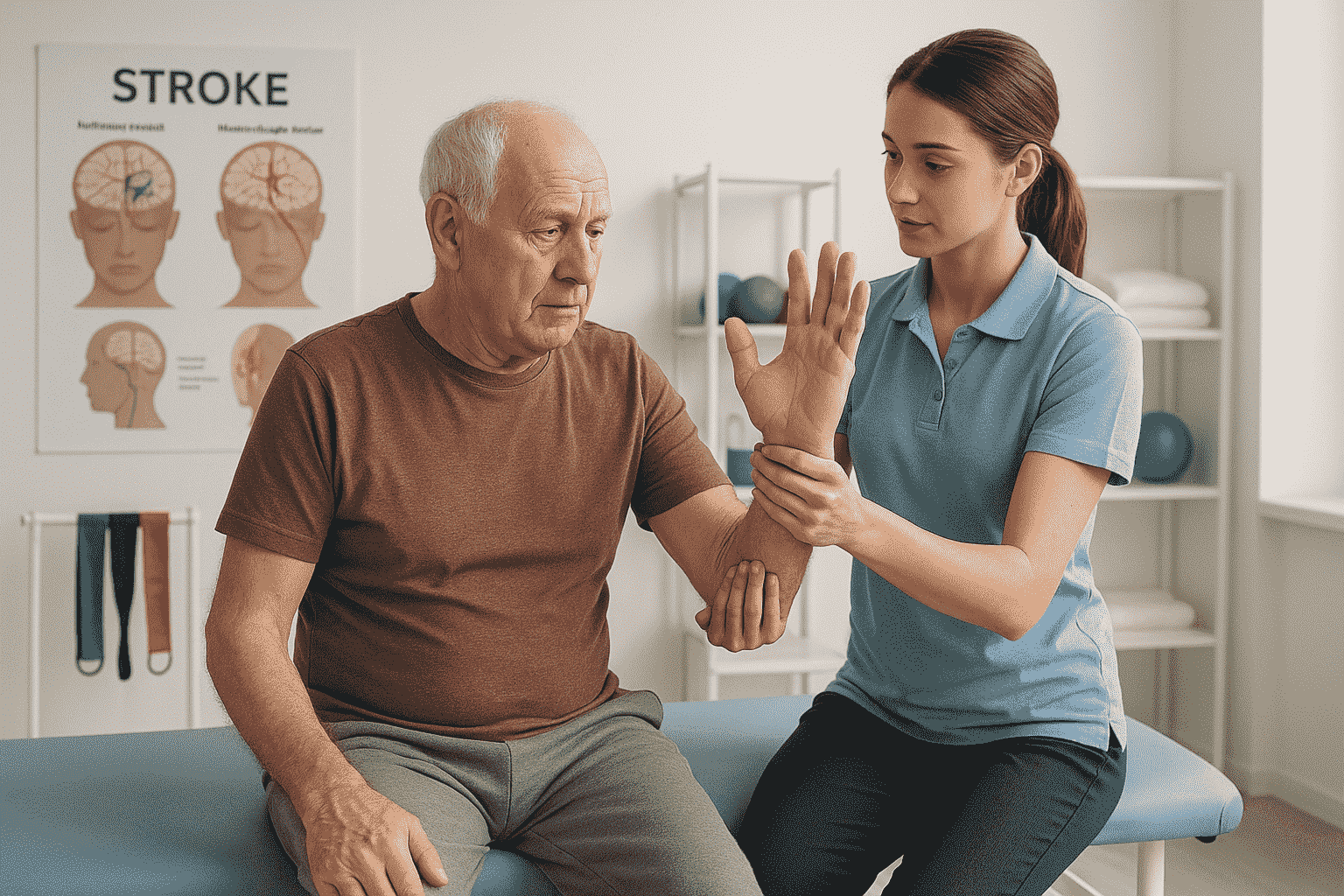INTRODUCTION TO STROKE
In other terms stroke is also known as cerebrovascular accident (CVA), it occurs when there is a sudden interruption in the blood supply to the brain. This can lead to the death of brain cells within minutes. Globally, stroke is one of the leading causes of death and long-term disability.
They are of 2 main types:
- Ischemic Stroke: It is caused by an obstruction (blood clot) in the blood vessel supplying the brain.
Hemorrhagic Stroke: It is caused by sudden burst of the blood vessel by causing in and around the brain leading to sudden collapse.
A Transient Ischemic Attack (TIA) or “mini-stroke” is a temporary blockage that doesn’t cause permanent damage but serves as a warning sign of potential full-blown strokes.
SIGNS AND SYMPTOMS OF STROKE
Early recognition is key to saving lives and reducing disability. The acronym FAST helps identify the most common signs:
- Face drooping
- Arm weakness
- Speech difficulty
- Time to call emergency services
OTHER SYMPTOMS INCLUDE:
- Sudden numbness or weakness on one side of the body
- Confusion or trouble understanding speech
- Vision problems in one or both eyes
- Trouble walking, dizziness, or loss of balance
- Severe headache with no known cause
RISK FACTORS FOR STROKE
There are modifiable and non-modifiable risk factors:
Modifiable Risk Factors:
- High bp (hypertension)
- Diabetes
- Smoking
- High cholesterol
- Obesity
- Physical inactivity
- Poor diet
- Excessive intake of alcohol
Non-modifiable Risk Factors:
- Ageing & gender
- Positive family history
- Circadian and seasonal factors (peaks between 10 am till noon)
- Heart disease
- Diabetes mellitus
- Hypertension
- Peripheral arterial disease
- Blood pathology (increased hematocrit, clotting abnormalities, sickle cell anemia, etc.)
IMPORTANCE OF STROKE AWARENESS
Public awareness of stroke symptoms and risk factors can lead to faster medical intervention and reduce long-term disability ratio. Education campaigns, health screenings, and workshops are important tools to empower communities. Recognizing the early signs and knowing how to respond can mean the difference between full recovery and lifelong disability.
LIFESTYLE CHANGES FOR STROKE PREVENTION
- Healthy Diet:
- Eat more fruits, vegetables, whole grains, and lean proteins.
- Reduce salt, sugar, and unhealthy fats.
- Stay hydrated and maintain a balanced caloric intake.
- Regular Physical Activity:
- Aim for at least 30 minutes of moderate activity most days.
- Weight Management:
- Maintain a healthy BMI to reduce the risk and burden on the heart & blood vessels.
- Stress Reduction:
- Practice relaxation techniques like deep breathing, meditation, and mindfulness.
- Avoid Smoking and Limit Alcohol:
- These habits significantly increase stroke risk.
- Regular Health Check-ups:
- Monitor blood pressure, cholesterol, and glucose levels.
PHYSIOTHERAPY REHABILITATION POST-STROKE:
- Improved Mobility and Function:
- Re-learn basic movements like sitting, standing, and walking.
- Use of assistive devices when required (e.g., walkers, canes).
- Muscle Strengthening and Flexibility:
- Target the affected muscles and rebuild the strength in affected limbs.
- Stretching helps reduce spasticity and improve joint mobility.
- Balance and Coordination Training:
- Exercises and drills that reduce fall risk and enhance motor control.
- Postural Training:
- Helps in correct postural imbalances caused by paralysis or weakness.
- Gait Training:
- Focused interventions to improve walking patterns and reduce asymmetry.
- Pain Management:
- Techniques such as manual therapy and modalities (e.g., TENS).
- Functional Independence:
- Training for daily activities like dressing, grooming, and feeding.
- Cognitive and Perceptual Training:
- Physiotherapists work in conjunction with occupational and speech therapists for cognitive rehabilitation.
COMMONLY USED PHYSIOTHERAPY TECHNIQUES FOR STROKE SURVIVORS:
- Passive and active range-of-motion exercises
- Neurodevelopmental techniques (NDT)
- Constraint-induced movement therapy (CIMT)
- Mirror therapy
- Proprioceptive neuromuscular facilitation (PNF)
- Treadmill training with body weight support
– By:- Dr. Aditee Bhardwaj
Assistant professor, Department of Physiotherapy

